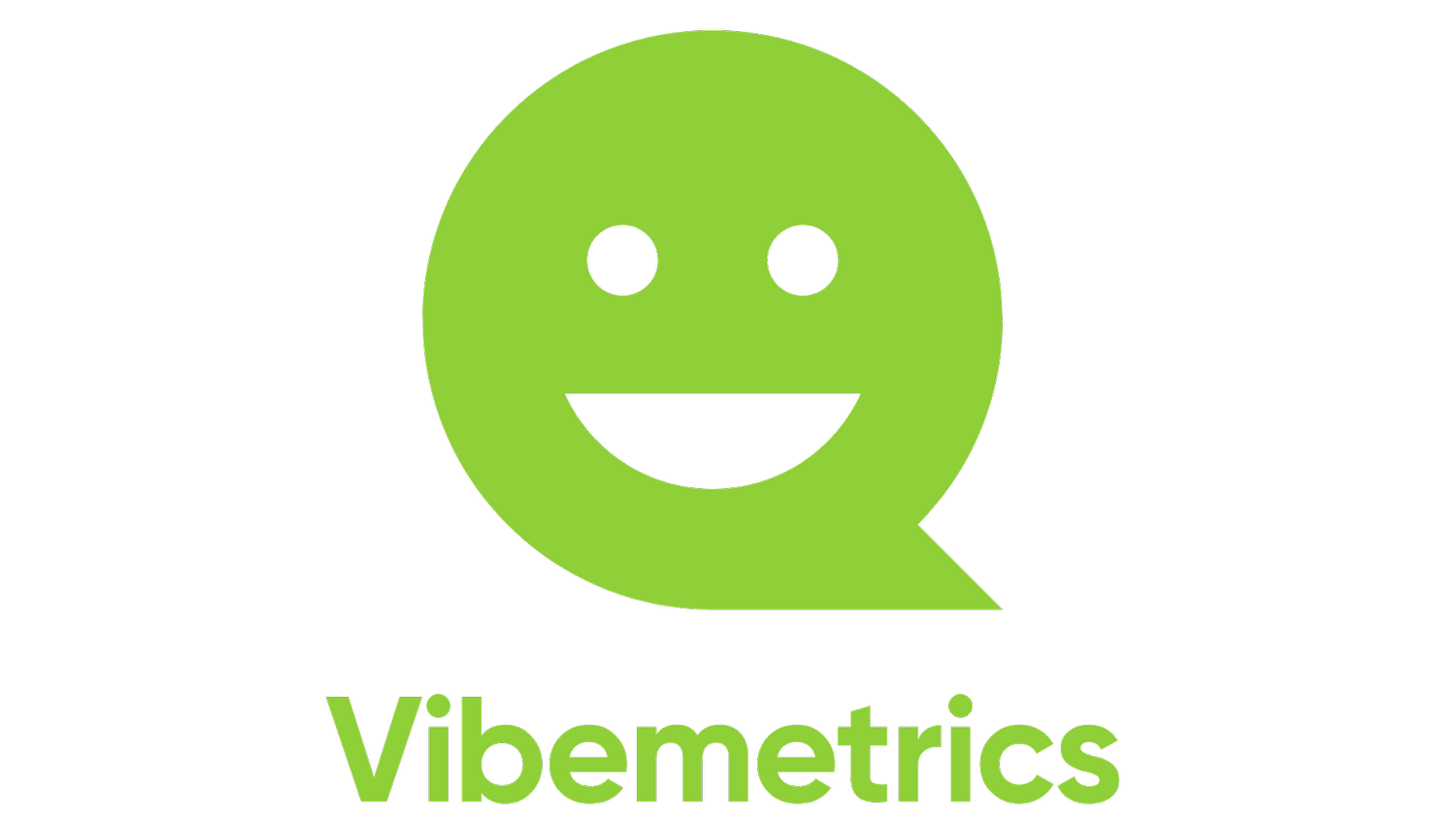Turn AI into an expert on employee emotions
Emotions are part of working life. Emotions guide our actions and, for example, the experience of the meaningfulness of work is fundamentally shaped by emotions. In this article, Mikko explains how emotions, AI and employee experience are interconnected.
Whether we like it or not, our emotions drive our actions. Both consciously and often unconsciously, emotions drive our work, our decisions and almost everything we do. The ability to understand the emotions of staff is crucial to the success of an organisation. Perhaps to the surprise of many, we will increasingly be aided in our understanding of emotions by artificial intelligence. As a result, the world of work is increasingly looking at how AI can be used as an interpreter of emotions to provide an even better employee experience.
AI becomes a true expert on emotions
Artificial intelligence is the ability of a machine to use skills traditionally associated with human intelligence, such as reasoning, learning, designing or creating. The advent of AI has been talked about for years. At the end of 2022, it finally made a superlative breakthrough with the release of ChatGPT, an AI built as a chat, based on the GPT 3 artificial intelligence model, by the OpenAI research centre. It took ChatGPT just 5 days to break the one million user barrier. AI is fast becoming a virtual partner for researchers and developers and as Helsingin Sanomat reports, ChatGPT has become part of everyday life in Finnish workplaces in just a few months. The next explosive step will happen this year in 2023, when OpenAi will release a newer GPT-4 AI model. With GPT-4, the development trajectory will be even bigger than before, according to preliminary data.
Emotional intelligence is the ability to recognise the importance of emotions and use this information to solve problems. So it is no problem for AI to identify and analyse emotional signals. Historian and professor Yuval Noah Harari declares that AI will be better at responding to emotions than humans. This is because humans often think about their own emotions in interactions, and only secondarily about the emotions of the other party. AI does not have this problem. It takes full account of the other person's emotions, and shapes its actions based on the information it receives, without letting its own emotions affect its judgement. This is why interacting with it can be much more pleasant than interacting with another human being. It is perfectly considerate. AI will become a true expert on emotions.
"If you don't collect data, you don't know how to improve the employee experience."
So how can all this be used to manage the employee experience?
The employee experience is the sum of many things. It is influenced by the company brand, the recruitment process, the nature of communication, the management culture, the work climate, the way work is shared and organised, the digital environments and tools used, and many other things. Data can be collected on all these "interfaces" between employee and employer in one way or another, and used to shape and improve the employee experience. Of course, data has always been collected, for example, traditional interactions and, for example, employee surveys. Today, operating in digital environments creates exponential opportunities for this data collection. Here are three ideas to help you get started in using AI to manage the employee experience.
Data points are gold. As the saying goes, information adds to the pain. Many companies today collect a huge amount of data, but don't necessarily know how to make the most of it. But learning is all about data and the quality of that data. All the data points collected on employee behaviour and the storage of these data points will become even more important. They are golden for those who make AI learn and react. In fact - if you are now experiencing pain with the amount of data, you should be experiencing anxiety about not knowing enough. If you're not collecting data, you don't know how to improve the employee experience.
Use data to predict behaviour. AI is already very good at recognising patterns of behaviour, including behavioural patterns. Given enough data, AI can infer and predict how employees will behave in certain situations.
Message individually. We humans are not of the same mould, but much of HR communication is the same for everyone. (The exception to this is mainly the real-life interaction of line managers, which is inherently adaptable from person to person.) At best, we segment staff by job tenure, job function or age, but even in these cases we treat units as part of a group. However, we would already have the opportunity to tailor communication in many ways, to make it more personalised, more responsive to the needs and wishes of the recipient. As this becomes more widespread, the impact will be enormous, and 'bulk communication' will in many situations start to feel crude and boring.
These are very interesting times, and the world will be quite different at the end of this year than I find it at the moment. I wish you the courage to take even small steps in the use of AI!

